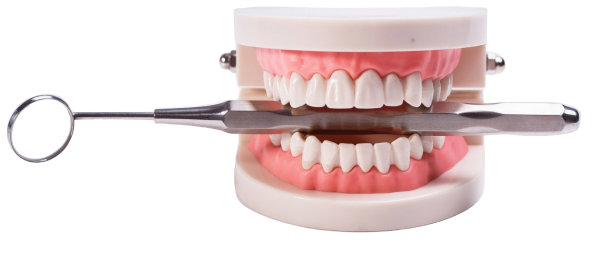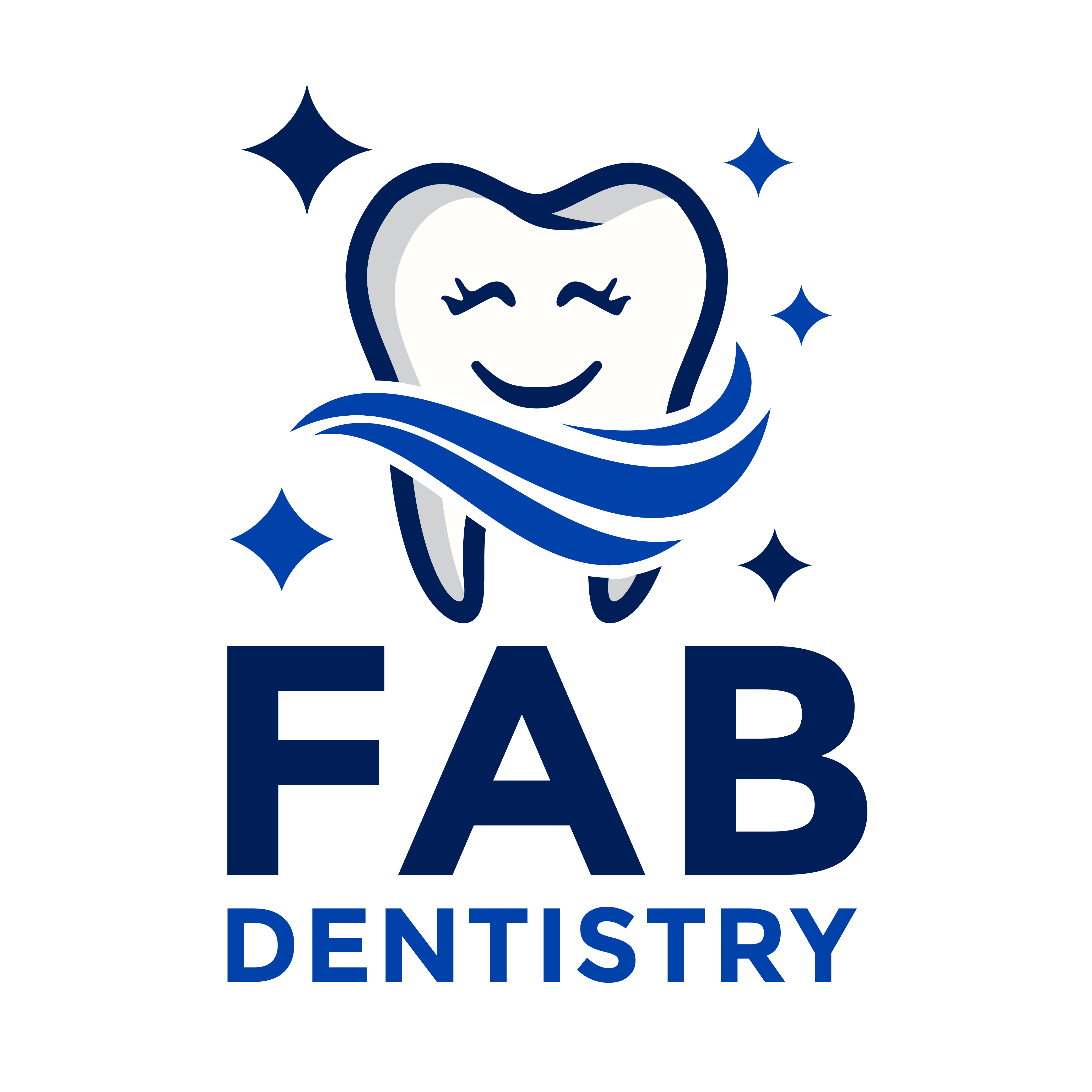Patient-Centered Care


Patient-Centered Care
Pre-Treatment Consultation:
Conduct a thorough consultation to understand the patient’s medical history, anxiety levels, and specific treatment concerns.
Educate patients on the types of sedation available and tailor options based on their comfort level and medical needs.
Informed Consent:
Ensure patients fully understand the sedation process, benefits, and potential risks.
Provide detailed pre- and post-sedation instructions to reduce anxiety and set clear expectations.

Types of Sedation and Their Applications:
Nitrous Oxide
Ideal for mild to moderate anxiety. Keeps the patient conscious while promoting relaxation. Effects wear off quickly, allowing patients to resume normal activities after treatment.
Oral Sedation
Useful for moderate anxiety or longer procedures. Patients remain conscious but feel deeply relaxed. Requires prior preparation, as the sedative must be taken before the appointment.
IV Sedation
Suitable for severe anxiety or extensive dental work. Provides a deeper level of sedation while maintaining patient responsiveness. Requires close monitoring of vital signs during the procedure.
General Anesthesia
Used for complex surgical procedures or patients with extreme dental phobia. Patient is fully unconscious and requires post-treatment observation.
Patient-Centered Care
Enhancing the Relaxation Experience
Comfortable Environment
Create a calming office atmosphere with soothing decor, gentle lighting, and relaxing music.
Offer amenities like blankets, headphones, or aromatherapy.
Clear Communication
Explain each step of the procedure to help patients feel informed and in control.
Use a gentle tone and empathetic language to reassure patients.
Supportive Staff Training
Train staff to recognize signs of anxiety and respond with compassion.
Provide sedation-related continuing education to ensure safe and effective care.
Monitoring and Safety Protocols
Pre-Sedation Evaluation
Assess the patient’s medical history, allergies, and current medications.
Identify contraindications for sedation.
During Sedation
Use advanced monitoring equipment to track heart rate, blood pressure, oxygen levels, and respiratory status.
Have emergency equipment readily available in case of adverse reactions.
Post-Sedation Recovery
Designate a comfortable recovery area.
Ensure patients are fully alert before discharge and provide aftercare instructions.
Building Patient Trust
Transparency
Highlight the practice’s commitment to patient safety and relaxation through sedation.
Share success stories or testimonials from other patients.
Follow-Up Care
Schedule follow-up calls to check on the patient’s recovery and address any concerns.
Use this opportunity to build long-term relationships with patients by emphasizing their comfort.


Benefits of Sedation Dentistry
- Reduces anxiety and promotes a stress-free experience.
- Minimizes discomfort during lengthy or complex procedures.
- Encourages patients who might otherwise avoid dental care to maintain regular check-ups.
- Enhances overall satisfaction, leading to better treatment outcomes and increased patient retention.
Book an Appointment Today!
Ready to take the next step toward a healthier smile? Book your appointment today! Call us at +1 (817)-664-0224 or schedule online for your convenience. We look forward to welcoming you to FAB Dentistry.







